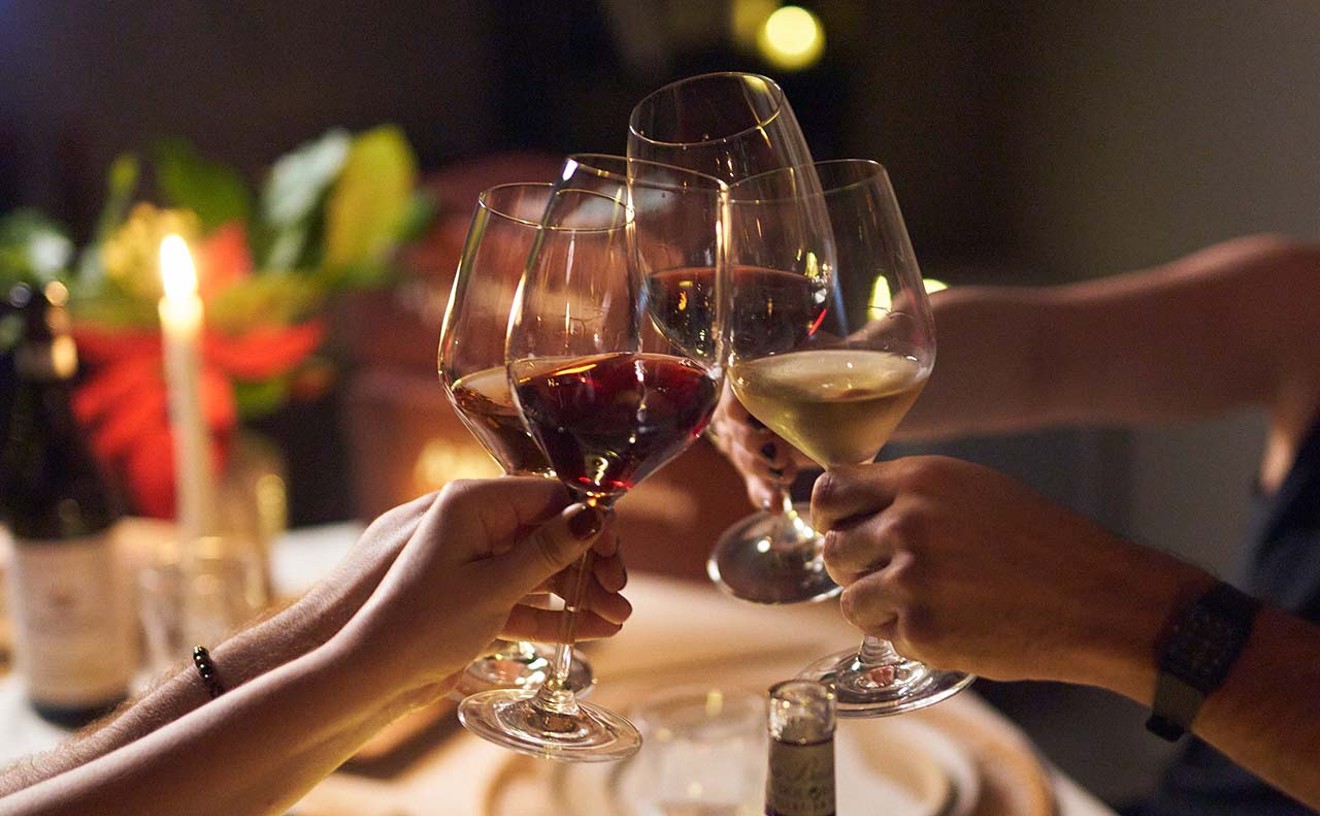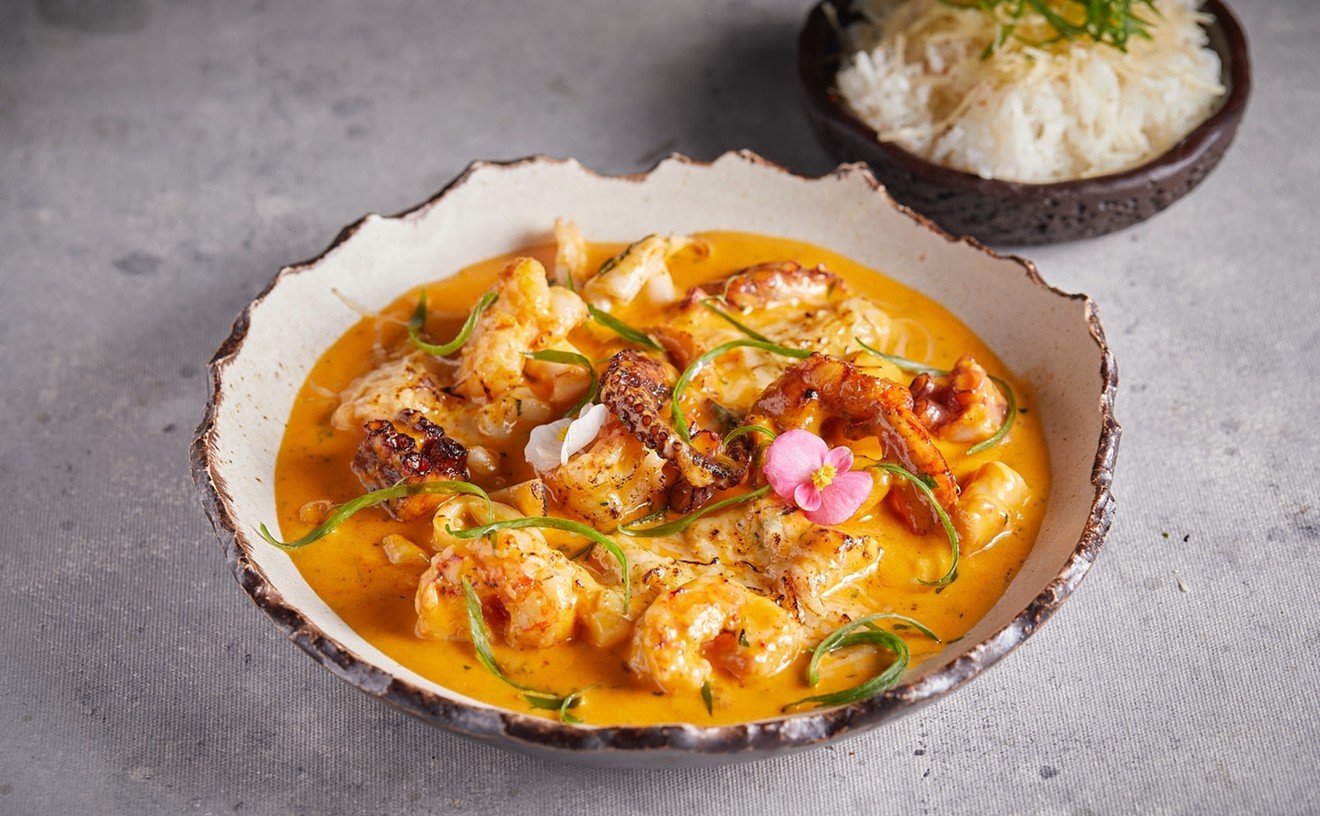Waribashi are wooden, disposable chopsticks -- the kind available in just about every Japanese restaurant in Miami. The tapered eating utensils are packaged in white paper, which is typically printed with instructions for use. But most patrons skip these instructions. They already know where to place their thumbs and index fingers. They can slurp noodles and eat rice with ease. That much is old news.
What most people don't know is that there is much more to chopstick etiquette than just finger placement. Because, once packaging is torn away, many diners proceed to rub their waribashi together. And this, sushi lovers, is a big no-no.
When patrons automatically rub chopsticks together, it indicates that they think the waribashi are cheap. (Rubbing chopsticks together can, therefore, be insulting to a restaurant.) It also makes diners look like they only dine at low quality establishments -- the kind of place that actually does offer low quality, splinter-filled chopsticks.
When it comes to Japanese chopstick use, there are a few more rules of etiquette. For these, we consulted chef Kevin Cory, who helms the acclaimed eatery Naoe in Brickell Key. What follows is a compilation of Cory and Short Order's suggestions.
You stay classy, Miami.
1. Do not pass food chopstick-to-chopstick.
Referencing Buddhist rituals, Cory says, "That's done with bones in a funeral."
2. Do not stick chopsticks straight up in rice.
Because that is how rice is offered to spirits at a funeral, death bed, and/or Buddhist altar.
3. Do not use a single chopstick individually.
According to American rules of etiquette, when cutting food, the left hand holds the fork while the right hand holds the knife. Once the food has been cut, the knife is set down on the platter and the fork is transferred to the right hand. The fork -- in the right hand -- then brings the cut food to the mouth.
Chopsticks, however, are never meant to be used individually. Although there are two sticks, they should be treated as if they are one. And there should be no spearing of foods in chopstick use. Ever.
4. Do not use your chopsticks to take food from a family-style, shared platter.
Use the supplied eating utensils. If there aren't any, the proper thing to do is just flip them around.
5. Use chopstick rests.
If a restaurant offers you chopstick rests, you should use them. If you are supplied with waribashi, you can place them on the wrapper in which they were packaged.
Of course, there are many, many other rules. But most of them are just common sense: Do not point with your chopsticks; do not suck on your chopsticks; and, last, do not play with your chopsticks.
Follow Emily on Twitter @EmilyCodik.
Follow Short Order on Facebook , on Twitter @Short_Order, and Instagram @ShortOrder.










